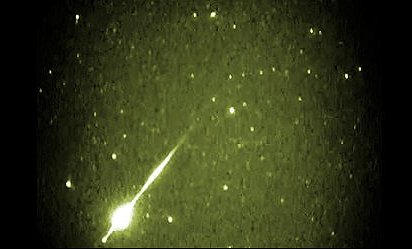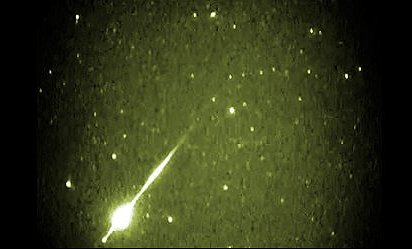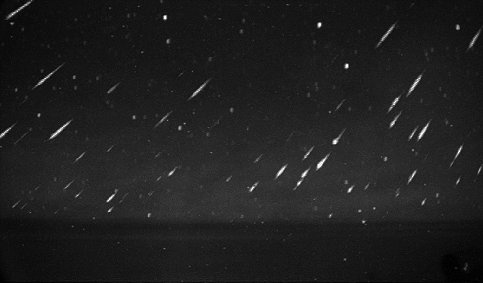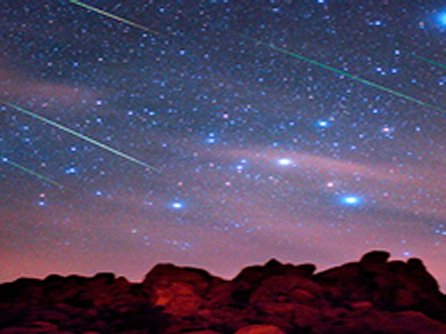This year’s Leonids meteor shower peaks on the morning of Nov. 18. If forecasters are correct, the shower should produce a mild but pretty sprinkling of meteors. The waning crescent moon will not substantially interfere with viewing the Leonid shower.
“We’re predicting 10 to 15 meteors per hour,” says Bill Cooke of the Meteoroid Environment Office at NASA’s Marshall Space Flight Center. “For best viewing, wait until after midnight on Nov. 18, with the peak of the shower occurring just before sunrise.”
Cooke also recommends going to a location away from city lights, dressing warmly, and lie flat on your back and look straight up. No special viewing equipment needed — just your eyes.
Leonids are bits of debris from Comet Tempel-Tuttle. Every 33 years the comet visits the inner solar system and leaves a stream of dusty debris in its wake. Many of these streams have drifted across the November portion of Earth’s orbit. Whenever our planet hits one, meteors appear to be flying out of the constellation Leo.
A live viewing opportunity is available via Ustream from a telescope at Marshall Space Flight Center. The Ustream feed will be live beginning Monday, November 17 at 6:30 p.m. CST here and will continue until sunrise on Tuesday Nov. 18.




